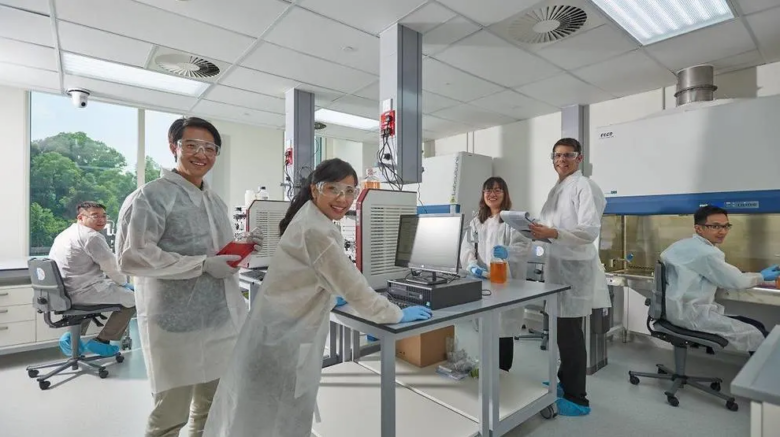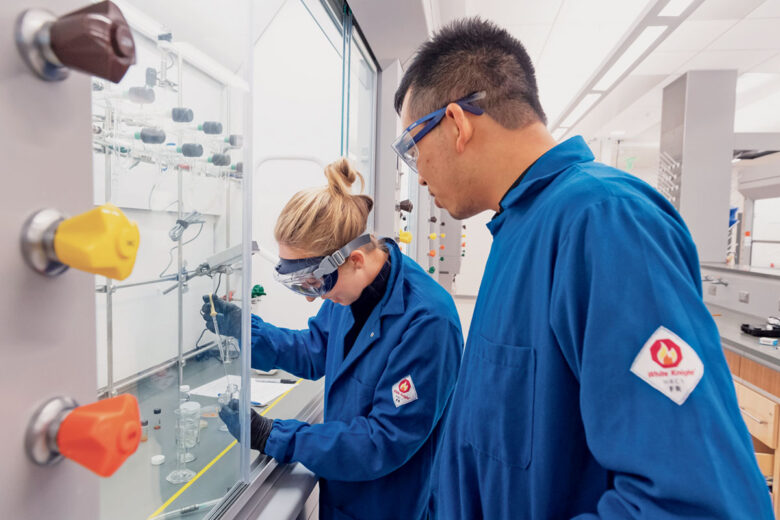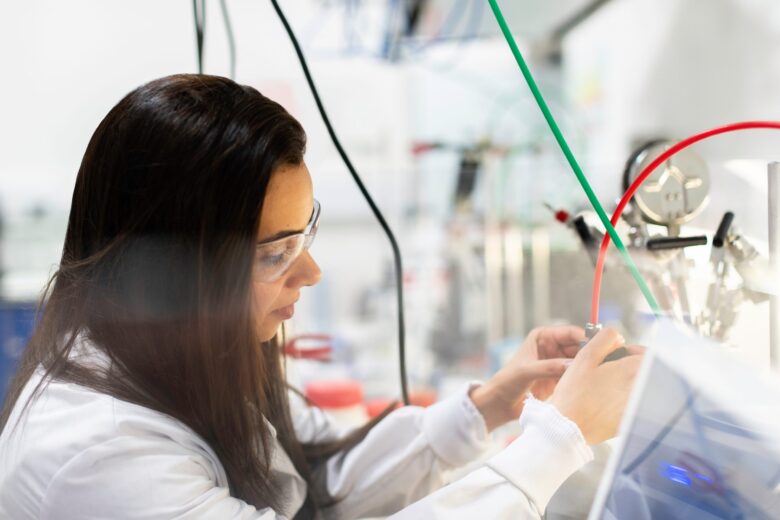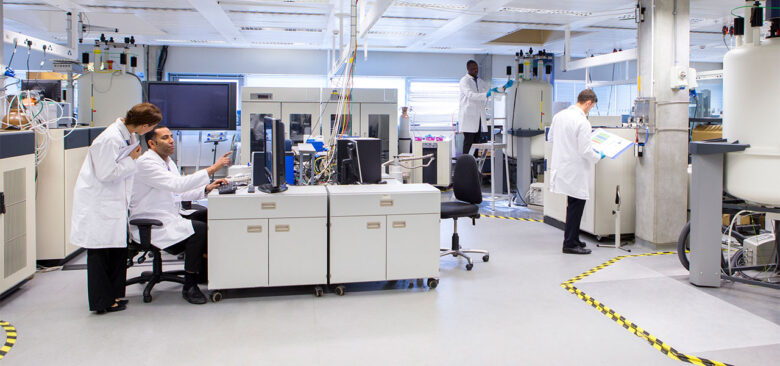Labs are places where scientists do experiments and research. To get good results from lab equipment, you need to keep the lab safe and take care of the equipment.
This article talks about some most important ways to keep lab equipment safe and working well by taking care of it. If labs follow these rules, they can be safe, work better, and keep their equipment for longer, which helps science.
Contents
- Adhering to Manufacturer’s Guidelines:
- Conducting Regular Inspections:
- Implementing Calibration Procedures:
- Ensuring Adequate Ventilation:
- Training Personnel:
- Implementing Good Laboratory Practices (GLP):
- Creating Preventive Maintenance Schedules:
- Maintaining Detailed Documentation:
- Addressing Equipment Malfunctions Promptly:
- Engaging Professional Service Providers:
- Conclusion
Adhering to Manufacturer’s Guidelines:

Source: capitaland.com
The instructions from manufacturers are very helpful for setting up, using, and taking care of laboratory equipment. You must read and understand these rules very carefully. Read carefully the suggestions given for each tool. Do what the manufacturer says for taking care of and cleaning your thing and for making sure it works right. Following these rules ensures that machines work how they’re supposed to, making accidents less likely and helping them work better.
If labs follow what the manufacturer says, they can make their equipment last longer and work better. The rules from the makers are trustworthy for taking care of your equipment because they did lots of testing and know a lot.
Conducting Regular Inspections:
Checking lab equipment often is very important to keep it safe and working well. Check all equipment carefully using a planned method. Look at wires, seals, valves, and instruments very carefully. Look for signs of things breaking or not working right. Check cables, cords, and tubes for damage. Make a list or schedule for inspections to stay organized and work better.
Keeping good maintenance records helps to see how well the equipment is working and find problems that need fixing. Checking things often can find issues before they become big problems. This keeps things working well and stops accidents from happening.
Implementing Calibration Procedures:
You need to measure things correctly in science. It’s important to check lab equipment like scales, droppers, pH testers, and machines that measure light to ensure accuracy. This helps us get the right answers. Do calibrations often use standard rules?
Hire experts who know how to calibrate things. They make sure the equipment is accurate by doing calibration correctly. If labs make sure their equipment is accurate, they can trust their research results. Calibration helps to find mistakes in measurements and fix them so that the results are correct.
Ensuring Adequate Ventilation:

Source: cen.acs.org
Good airflow is very important to stay safe in a lab. Good air and ventilation are important for a safe workplace. Check and take care of fume hoods, ventilation systems, and exhaust systems often. These systems make the workplace safer by getting rid of dangerous smells and gases.
Clean and service things well to stop them from getting blocked or broken. Do what the manufacturer says about cleaning or changing filters. Check the air often to make sure it’s safe. Good airflow and ventilation keep researchers safe from dangerous things in the air and stop the bad stuff from building up. Good airflow keeps sensitive equipment safe.
Training Personnel:
It’s really important to have people who know how to be safe and take care of the lab equipment. Make training programs that teach people how to use equipment safely and take care of it. Make sure everyone in the lab knows how to use the equipment and has been trained. Tell people how to use equipment without hurting themselves.
Staff should have regular training to learn new safety practices and maintenance techniques. People who are trained well are less likely to make mistakes with equipment, which makes accidents and damage less likely. Training makes people aware of dangers and helps them be safe.
Implementing Good Laboratory Practices (GLP):
Following GLP is important for being safe, working well, and being correct. Make rules for keeping things clean and tidy and using equipment correctly. Keep the lab clean by cleaning and disinfecting the tables, benches, and storage areas. Make rules for throwing away dangerous trash, cleaning up spills, and dealing with emergencies. Make sure you have and wear the right gear to protect yourself.
Using GLP helps labs be safe and follow the rules. Being careful in the lab helps prevent accidents and broken equipment and makes research go smoothly.
Creating Preventive Maintenance Schedules:

Source: klipboard.io
Taking care of lab equipment is important to make it work well for a long time. Make a plan to keep things working well by following what the manufacturer suggests, what other people in the industry do, and what has worked well in the past. Regular maintenance helps find problems before they become big and expensive.
This means less chance of things breaking and costing a lot of money. A good plan for fixing things helps use resources well and doesn’t interrupt research. Change old parts before they make the equipment work badly. Preventive maintenance saves money by making lab equipment last longer.
Maintaining Detailed Documentation:
Good documentation is very important for keeping laboratory equipment in good condition. Write down everything you do when fixing things, like when you did it, who helped, what you did, and any problems you had. These records help keep track of equipment history, find out when things break a lot, and plan for future maintenance.
Writing down how to fix things and keeping track of what you did to take care of equipment helps you figure out problems and keep track of what you did. It helps follow the rules and pass inspections. Use computer programs to make it easier to keep track of maintenance records. Keeping good records helps labs make smart choices, check how well the equipment works, and find ways to do better.
Addressing Equipment Malfunctions Promptly:
Fix broken equipment quickly. Tell lab workers to report problems right away. Make a plan to tell someone if something is broken and choose people to fix it quickly. Quickly fixing problems helps avoid more damage and lessens the effect on research work.
Make a plan to fix or replace equipment quickly so it doesn’t stop working for long and can keep running. Think about making the team just for fixing things or hiring experts to fix special machines. Fixing broken equipment quickly helps the lab run smoothly and stops research from being interrupted.
Engaging Professional Service Providers:

Source: avantorsciences.com
Experts can help fix and take care of fancy lab equipment. Work with these providers to make sure complicated lab equipment works well and is accurate. Experts can suggest better equipment based on new technology.
Hiring them helps your equipment last longer and work better because they know how to take care of it. Make friends with the people who fix things so they can help you quickly when something breaks. Experts can help with maintenance.
Conclusion
Keeping laboratory equipment safe and maintained is very important for accurate research and the safety of lab workers. This article tells you how to keep your lab safe and make your equipment work better by following these important points.
If labs take care of their equipment and make sure it’s safe, they can do more research, use the equipment for longer, and help science progress. Keeping equipment safe and maintained helps scientists do good research and make important discoveries.
